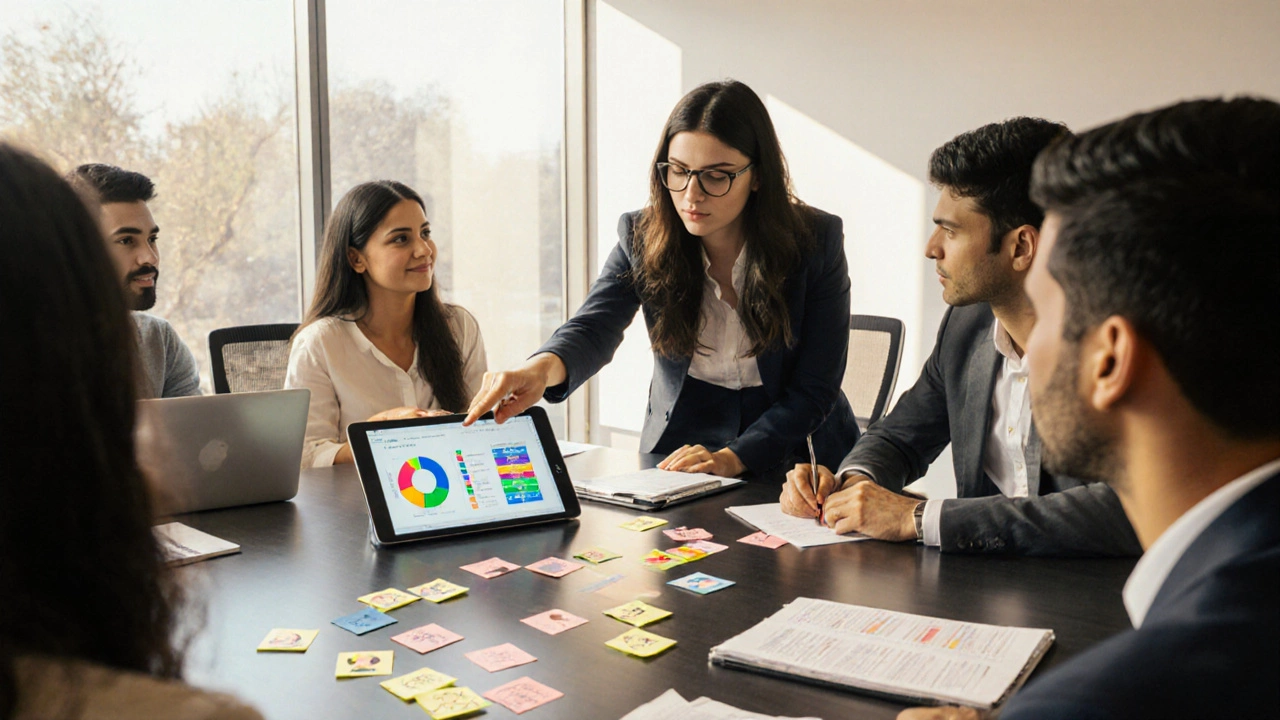Online Learning Phases: Understanding the Journey from Traditional to Digital
When navigating online learning phases, the step‑by‑step process that moves education from a physical classroom to a digital environment. Also known as digital learning stages, this concept helps educators and learners map out what to expect at each point. In the same breath, eLearning models, structured approaches such as blended, flipped, or self‑paced learning and blended learning, the mix of face‑to‑face and online instruction are closely tied to these phases. Understanding how these entities interact lets you design smoother transitions and avoid common pitfalls.
The first online learning phase is the preparation stage. Here, institutions assess learner needs, choose the right Learning Management System (LMS), and build a content roadmap. This phase requires a clear curriculum map, tech‑readiness checks, and stakeholder buy‑in. Once the groundwork is set, the delivery phase kicks in. Content—videos, quizzes, interactive simulations—is uploaded, and instructors receive training on virtual classroom tools. Learners then engage through scheduled live sessions, discussion boards, or self‑paced modules. The delivery phase isn’t static; real‑time analytics guide teachers to tweak pacing or add supplemental resources.
After delivery comes the optimization phase, where feedback loops become the engine for improvement. Assessment data, completion rates, and learner satisfaction scores are analyzed to refine content and pedagogy. For example, if a significant drop‑off occurs in a particular module, creators can redesign the activity, add micro‑learning bursts, or incorporate gamified elements. This phase also involves scaling decisions—deciding whether to expand to new cohorts, integrate mobile learning, or adopt emerging tech like AR/VR. Effective optimization hinges on a culture of continuous improvement, supported by the LMS’s reporting features and regular faculty workshops.
Parallel to these phases, distance learning, education delivered without real‑time teacher presence, often via pre‑recorded materials plays a crucial role. Distance learning influences the preparation phase by demanding robust offline access options and clear communication protocols. It also shapes the delivery phase, as learners need flexibility to study on their own schedules. Meanwhile, online education, the broader ecosystem that includes MOOCs, corporate training, and K‑12 virtual schools provides the market context, setting standards for quality, accreditation, and learner expectations. Together, these entities create a network where each stage supports the next, ensuring that digital instruction remains effective and engaging.
Below you’ll find a curated collection of articles that dig deeper into each of these stages. From choosing the right syllabus for a child’s school to comparing eLearning platforms, the posts explore practical tips, real‑world examples, and actionable strategies. Whether you’re just starting to map out your digital rollout or looking to fine‑tune an existing program, the resources ahead will give you concrete steps to move forward confidently.
The 4 Stages of eLearning Explained
Discover the four essential stages of eLearning-Analysis, Design, Development, and Evaluation-along with practical tips, tools, and a cheat‑sheet table to help you build effective online courses.
read more